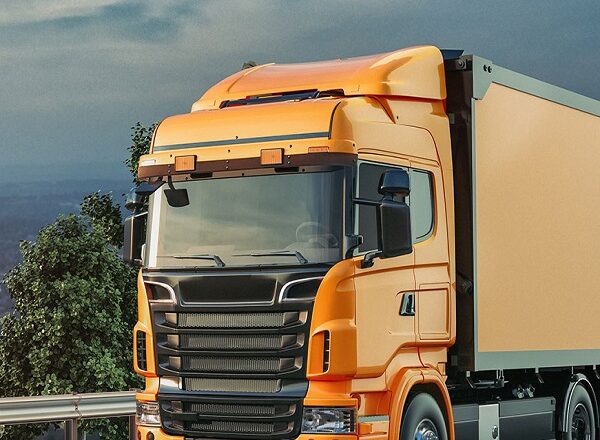Transportation: The Lifeline of Global Trade and Daily Life
Transportation is the backbone of modern civilization. It connects people, businesses, and nations by enabling the movement of goods, services, and individuals from one place to another. From delivering food to homes, transporting raw materials to factories, or shipping finished products to global markets, transportation plays a pivotal role in supporting economies and improving quality of life.
What is Transportation?
Transportation is the system or process of moving people and goods from one location to another using various modes such as road, rail, air, sea, and pipelines. It involves infrastructure (like roads, ports, and terminals), vehicles (such as trucks, ships, planes), and management systems (like logistics software and traffic control systems).
Types of Transportation
Transportation can be broadly classified into the following categories:
🚚 1. Road Transportation
-
Vehicles Used: Trucks, cars, buses, motorcycles
-
Uses: Short to medium distances, local deliveries, passenger movement
-
Advantages: Flexible, door-to-door service, low initial cost
-
Challenges: Traffic congestion, weather dependency, road maintenance
🚂 2. Rail Transportation
-
Vehicles Used: Trains, wagons
-
Uses: Heavy cargo, long-distance inland freight, mass transit
-
Advantages: Energy-efficient, cost-effective for bulk goods
-
Challenges: Limited network access, slower transit times
✈️ 3. Air Transportation
-
Vehicles Used: Airplanes, cargo planes, helicopters
-
Uses: Urgent shipments, international passenger travel
-
Advantages: Fastest mode, ideal for high-value or time-sensitive cargo
-
Challenges: Expensive, limited cargo capacity, weather disruptions
🚢 4. Water Transportation
-
Vehicles Used: Ships, barges, ferries
-
Uses: International trade, large-volume goods (oil, grain, containers)
-
Advantages: Most economical for heavy and bulky goods
-
Challenges: Slower transit, port delays, environmental risks
🛢 5. Pipeline Transportation
-
Used For: Transporting liquids and gases like oil, natural gas, water
-
Advantages: Safe, continuous, low environmental impact
-
Challenges: High infrastructure costs, inflexible routing
Importance of Transportation
✅ 1. Economic Growth
Transportation boosts commerce and trade by connecting supply chains, enabling exports and imports, and supporting local businesses.
✅ 2. Job Creation
From truck drivers to air traffic controllers, the transportation sector provides millions of jobs worldwide.
✅ 3. Market Expansion
Producers can reach new customers, and consumers gain access to goods from around the world.
✅ 4. Access to Services
Transportation enables access to education, healthcare, and emergency services, especially in remote areas.
✅ 5. Urban Development
Efficient transit systems support population growth, reduce congestion, and improve city planning.
Challenges in Modern Transportation
| Challenge | Description |
|---|---|
| Traffic Congestion | Overcrowded roads cause delays, pollution, and productivity loss. |
| Fuel Costs | Fluctuating fuel prices affect transport affordability and planning. |
| Environmental Impact | Emissions from vehicles contribute to climate change and air pollution. |
| Infrastructure Gaps | Poor roads, ports, or rail systems hinder efficient transport in many regions. |
| Safety and Security | Accidents, theft, and logistical disruptions pose major risks. |
The Future of Transportation
Technological innovations are reshaping how transportation operates, making it smarter, cleaner, and more efficient:
🚀 1. Electric and Autonomous Vehicles
EVs reduce emissions, while self-driving cars promise safer, faster travel with less human error.
📡 2. Smart Logistics & GPS Tracking
Real-time tracking and AI-based route optimization help manage fleets and reduce delivery times.
📦 3. Drone Deliveries
Drones offer solutions for last-mile delivery in urban and hard-to-reach areas.
🌱 4. Sustainable Transportation
Greener fuels, public transit, and carbon-neutral shipping are becoming priorities.
🌐 5. Integrated Transport Systems
Multi-modal hubs and digital platforms connect rail, road, air, and sea for seamless movement.
Transportation is much more than moving objects from one place to another—it is a strategic enabler of development, progress, and connection. As global trade expands and urban populations grow, the demand for reliable, sustainable, and efficient transportation will only increase. By embracing innovation, improving infrastructure, and prioritizing environmental responsibility, we can build a future where transportation works better for everyone.

